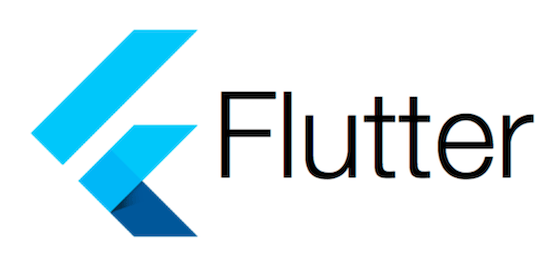How To Install Flutter on Fedora 39

In this tutorial, we will show you how to install Flutter on Fedora 39. Flutter is a popular open-source UI software development kit used by developers worldwide to build natively compiled applications for mobile, web, and desktop from a single codebase.
This article assumes you have at least basic knowledge of Linux, know how to use the shell, and most importantly, you host your site on your own VPS. The installation is quite simple and assumes you are running in the root account, if not you may need to add ‘sudo‘ to the commands to get root privileges. I will show you the step-by-step installation of Flutter on a Fedora 39.
Prerequisites
Before diving into the installation process, let’s ensure that you have everything you need:
- A server running one of the following operating systems: Fedora 39.
- It’s recommended that you use a fresh OS install to prevent any potential issues.
- You will need access to the terminal to execute commands. Fedora 39 provides the Terminal application for this purpose. It can be found in your Applications menu.
- A network connection or internet access to download the Flutter repository.
- A
non-root sudo useror access to theroot user. We recommend acting as anon-root sudo user, however, as you can harm your system if you’re not careful when acting as the root.
Install Flutter on Fedora 39
Step 1. Before installing Flutter, it’s crucial to update your system. This ensures that all existing packages are up-to-date, and the system repo cache is refreshed. To update Fedora 39, use the following command:
sudo dnf clean all sudo dnf update
Step 2. Install Dependencies.
Install the necessary dependencies for Flutter:
sudo dnf install bash curl file git unzip which xz zip mesa-libGLU clang cmake ninja-build pkg-config
It’s also a good practice to create a dedicated folder for Flutter to keep things organized. For instance, you can create a directory named mycoding:
mkdir ~/mycoding
Step 3. Installing Flutter on Fedora 39.
Now visit the official Flutter website to download the latest stable release of the Flutter SDK for Linux using wget command:
wget https://storage.googleapis.com/flutter_infra_release/releases/stable/linux/flutter_linux_3.16.9-stable.tar.xz
Navigate to the directory where you downloaded the Flutter SDK and extract the file. For example, if you downloaded the SDK to the ~/Downloads directory, use the following commands:
cd ~/Downloads tar xf flutter_linux_3.16.9-stable.tar.xz
Move the extracted flutter directory to the mycoding directory (or any other directory you created):
mv flutter ~/mycoding/
To use Flutter commands globally, add Flutter to your system path:
export PATH="$PATH:`pwd`/flutter/bin"
To make this change permanent, add the export command to your .bashrc or .zshrc file.
Step 4. Running Flutter on Fedora.
After installing Flutter, verify the installation by running the flutter doctor command. This command checks your environment and displays a report of the status of your Flutter installation:
flutter doctor
Next, you can create a new Flutter project. Navigate to the directory where you want to create the project and run:
flutter create my_app
Replace my_app with your preferred project name. This command creates a new Flutter project in the my_app directory.
Congratulations! You have successfully installed Flutter. Thanks for using this tutorial for installing the Flutter open-source UI software development kit on your Fedora 39 system. For additional or useful information, we recommend you check the official Flutter website.